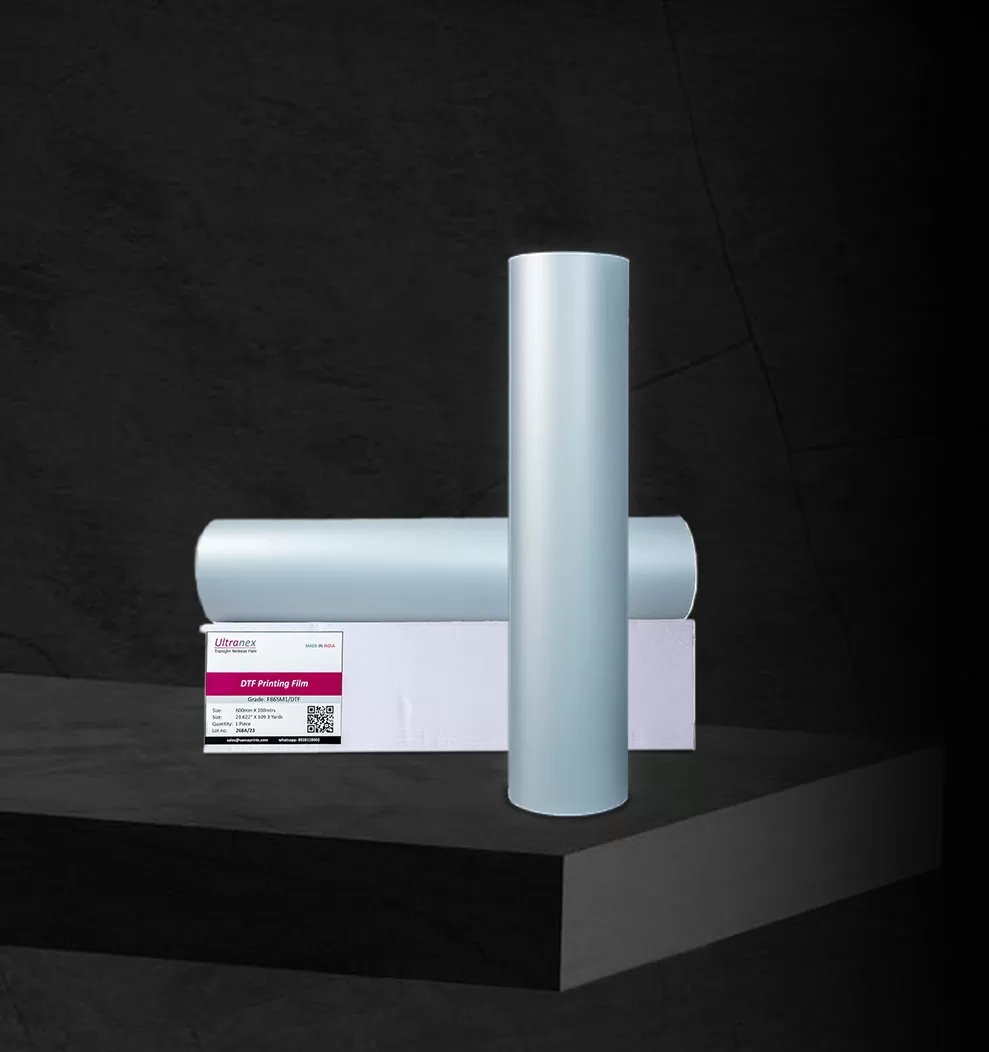Answer: Yes, Multicolor design can be printed on Ultranex Transfer Release Film with below Process:
- Screen Printing: Each color is printed one after another with separate screens & finally a printable backup adhesive is printed + Powder Adhesive is scattered to stick on adhesive which will overlay all the colors.
- Litho Offset Printing: Color image is printed on an Offset Printing Machine in REVERSE format with special Litho Transfer Inks available in market. Further Backup white Ink is printed overlaying the offset printed image with screen printing process + Powder Adhesive 100-200µ is scattered to stick on backup white ink.
- Backup white Ink will absorb all the offset printed color + Adhesive Powder will act as tie layer in transfers between Backup White and garment.1
- Backup White Ink tips: Oil Based White ink or (Water Based inks) + (PU or Co polyester Powder Adhesive) Particle size 0-80µ can be added in it approx 20% to 30% W/W to total white ink.
Multicolor Transfers with Eco Solvent Printers: Ultranex transfer release film is also supplied in roll form, these rolls can be printed with Eco solvent printer with Pigment inks with desired design. (E.G. Epson S40670 Printer and Ultra chrome GS3 Inks.) Further this roll is cut in to sheets.
With screen printing process on a screen mesh 34T an overlay design is made and printed on the color design with backup white color + Powder adhesive particle size 100-200µ is scattered on the wet screen printed image.
Make sure Litho Backup white ink is overlaying the design to cover the design properly.
Backup White Ink will absorb all the ink of Eco Solvent printer image + Adhesive Powder will act as tie layer in transfers between backup white and garment.
Transfers with Laser Printers: Ultranex transfer release film can be printed with laser printer but a compatible laser toner powder needs to be chosen which will not fade out in transfers. (Laser toner powder should be a polyester based powder.)
Further Back-up white can be done as done for above Eco Solvent prints.




